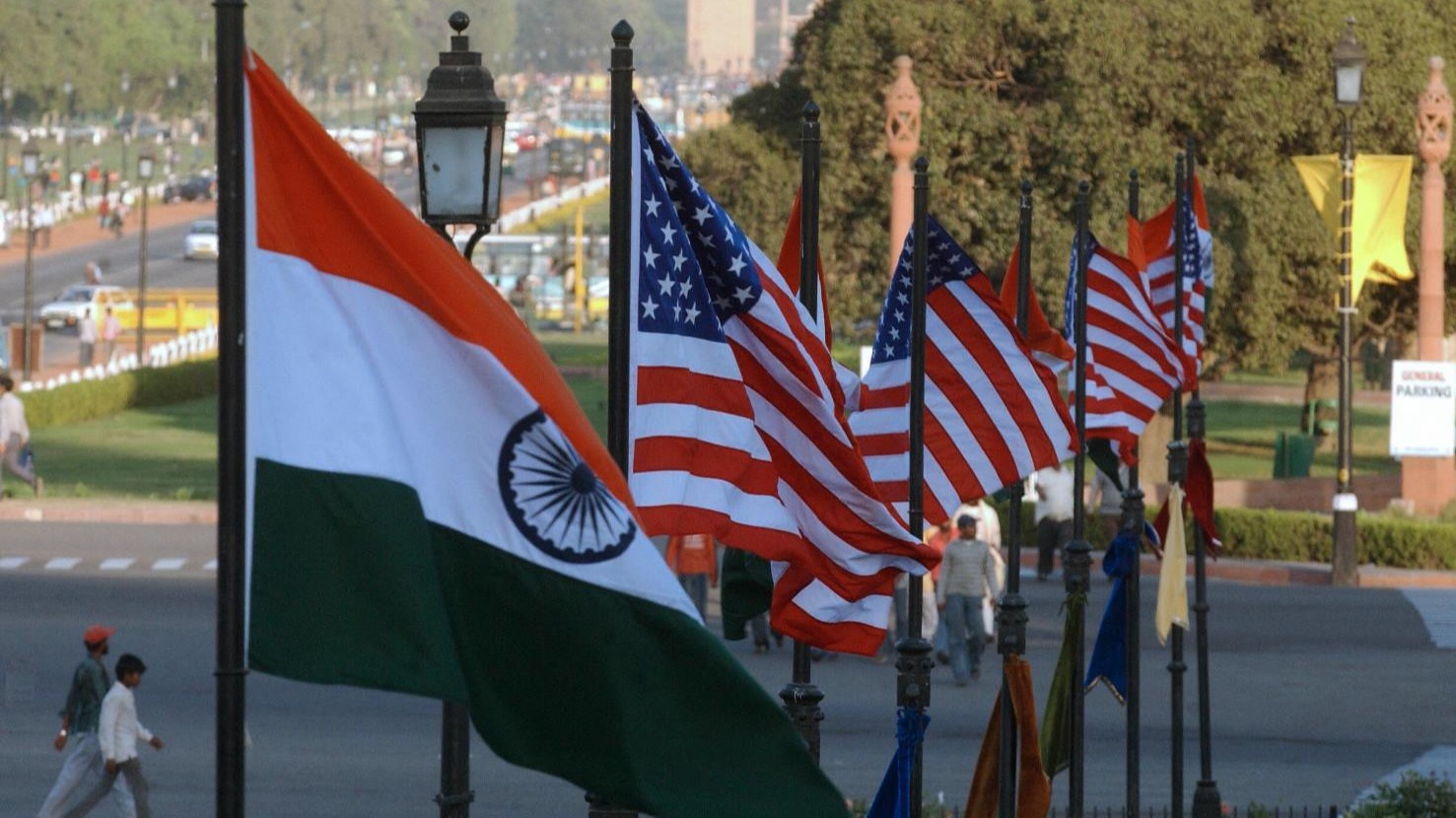…(And Keeping Your Sanity)
Moving abroad isn’t just about changing your address; it’s a profound shift in identity, daily routine, and perhaps most surprisingly, your financial access. You’ve packed your bags, said your tearful goodbyes, and just as you’re grappling with the emotional toll of leaving home, a familiar wealth-building tool—Indian mutual funds, suddenly vanishes from your reach. For Non-Resident Indians (NRIs), especially those settling in the US and Canada, this exclusion isn’t merely bureaucratic noise; it’s a real financial disruption that can feel like a punch to the gut.
Like many, you’ve believed in the India growth story and always relied on Indian mutual funds for your wealth growth, perhaps even seeing them as a bedrock of your financial future. Then, you move, and suddenly, those very funds become off-limits. It’s a moment of pure disbelief, a “wait, what just happened?” realization that leaves you feeling like a financial outsider, even if you’re still diligently filing Indian taxes. This lockout is largely due to FATCA (Foreign Account Tax Compliance Act) for US citizens and residents, and CRS (Common Reporting Standard) globally. These regulations compel Indian Asset Management Companies (AMCs) to report foreign investors’ holdings. Many fund houses, unwilling to navigate the intricate compliance maze and the potential penalties, simply opt to ban US/Canada-based NRIs from investing.
The good news is, not all doors are slammed shut. While most AMCs have closed off investments for US/Canada NRIs, a handful still welcome them, albeit with extra paperwork. Think of it as a VIP lounge, but instead of exclusive access, you’re just jumping through a few more hoops. You’ll likely need to provide documents like a W9 form and proof of tax residency. Through exhaustive research, we’ve found that some AMCs still play ball:
SBI Mutual Fund: Often accessible directly or through platforms like Kuvera.
ICICI Prudential MF: Typically accepts NRI applications via private bankers.
HDFC MF: Offers a limited number of schemes and requires strict documentation.
Kotak Mahindra MF: Approves investments on a case-by-case basis.
Axis MF: Generally requires you to have a PIS (Portfolio Investment Scheme) account.
PPFAS Mutual Fund: Known for being open to NRIs, but FATCA disclosures are mandatory.
It’s crucial to remember that even these accommodating AMCs might restrict certain funds, so always confirm your eligibility before committing.
Navigating the Two-Country Portfolio: Investing Without the Stress
The key to thriving as an NRI is to build a “two-country portfolio,” blending the best of both financial systems. It’s about being smart and strategic with your money, rather than feeling overwhelmed.
First, on the India Side, you’ll want to stick with the permitted AMCs for your equity and gold funds. These can offer higher growth potential, but always keep a keen eye on the tax implications. Then, on the US/Canada Side, maximize tax-advantaged accounts like 401(k)s, RRSPs, and TFSAs, along with low-cost ETFs for stability. It’s like having a balanced diet for your finances, ensuring both growth and security. Finally, create an Emergency Layer by keeping liquid assets in NRE accounts (which offer tax-free interest in India) or Fixed Deposits for easy, repatriable access. This is your financial safety net, providing peace of mind.
The Pre-Move Checklist: Conquering Overwhelm And Year-End Compliance
Moving can feel like a whirlwind, so having a clear financial checklist before you even step on that plane can save you a world of stress.
When it comes to Banking, open both NRO (taxable) and NRE (repatriable) accounts in India. In the US or Canada, choose a bank known for low forex fees, like Charles Schwab for the US or HSBC for Canada. This little step can save you a lot of money in conversion charges. For KYC (Know Your Customer), convert your existing mutual funds to NRI status early. Submit your Proof of Identity (POI) and Proof of Address (POA) documents well in advance to avoid having your holdings frozen. Nobody wants that kind of surprise!
Tax Preparation is where many NRIs find themselves scratching their heads. If you’re a US NRI, you absolutely must file FBAR (FinCEN Form 114) for any foreign accounts where the aggregate balance exceeds $10,000 at any point during the calendar year. This is a big one, and the IRS doesn’t mess around with penalties! You also need to be aware of FATCA (Form 8938) if your specified foreign financial assets exceed certain thresholds. For US-based NRIs, a significant headache can be the PFIC (Passive Foreign Investment Company) rules. These apply to Indian mutual funds, ETFs, and ULIPs, requiring an annual filing of Form 8621 and potentially taxing unrealized gains above a $25,000 threshold. While there are different methods for taxation under PFIC, the “Excessive Distribution” method is the default and can lead to substantial taxes and penalties, so understanding this is key. Unfortunately, Indian AMCs rarely provide the data needed for the more favorable QEF (Qualified Electing Fund) or MTM (Mark to Market) elections.
Canadian NRIs have it a bit simpler as the PFIC concept doesn’t exist for them, but they do need to report their Indian mutual funds, ETFs, and bank accounts exceeding CAD 100,000 on the T1135 Foreign Income Verification Statement.
Regardless of where you live, all NRIs should focus on year-end tax checks for India. This includes understanding the DTAA (Double Taxation Avoidance Agreement), which allows you to claim tax credits in one country for taxes already paid in the other, preventing you from being taxed twice on the same income. Also, remember that filing an Indian Income Tax Return (ITR) by July 31st is mandatory if you have any Indian income, TDS, or plans to sell property. Paying advance tax in India is also crucial to avoid interest penalties.
The Big Picture: Control What You Can
The emotional whiplash of moving is challenging enough without financial doors slamming shut in your face. But here’s the truth: being excluded from certain Indian mutual funds isn’t the end of your financial journey; it’s a pivot point. By blending the best of both systems- India’s dynamic growth potential and the West’s financial stability, you don’t just adapt, you thrive.
So, whether you’re staring at a one-way ticket, feeling the pangs of homesickness, or already feeling a bit financially stranded overseas, remember this: financial bridges aren’t built in a day. But with the right steps, careful planning, and a clear understanding of the rules, they are built to last, providing you with a secure and prosperous future.





